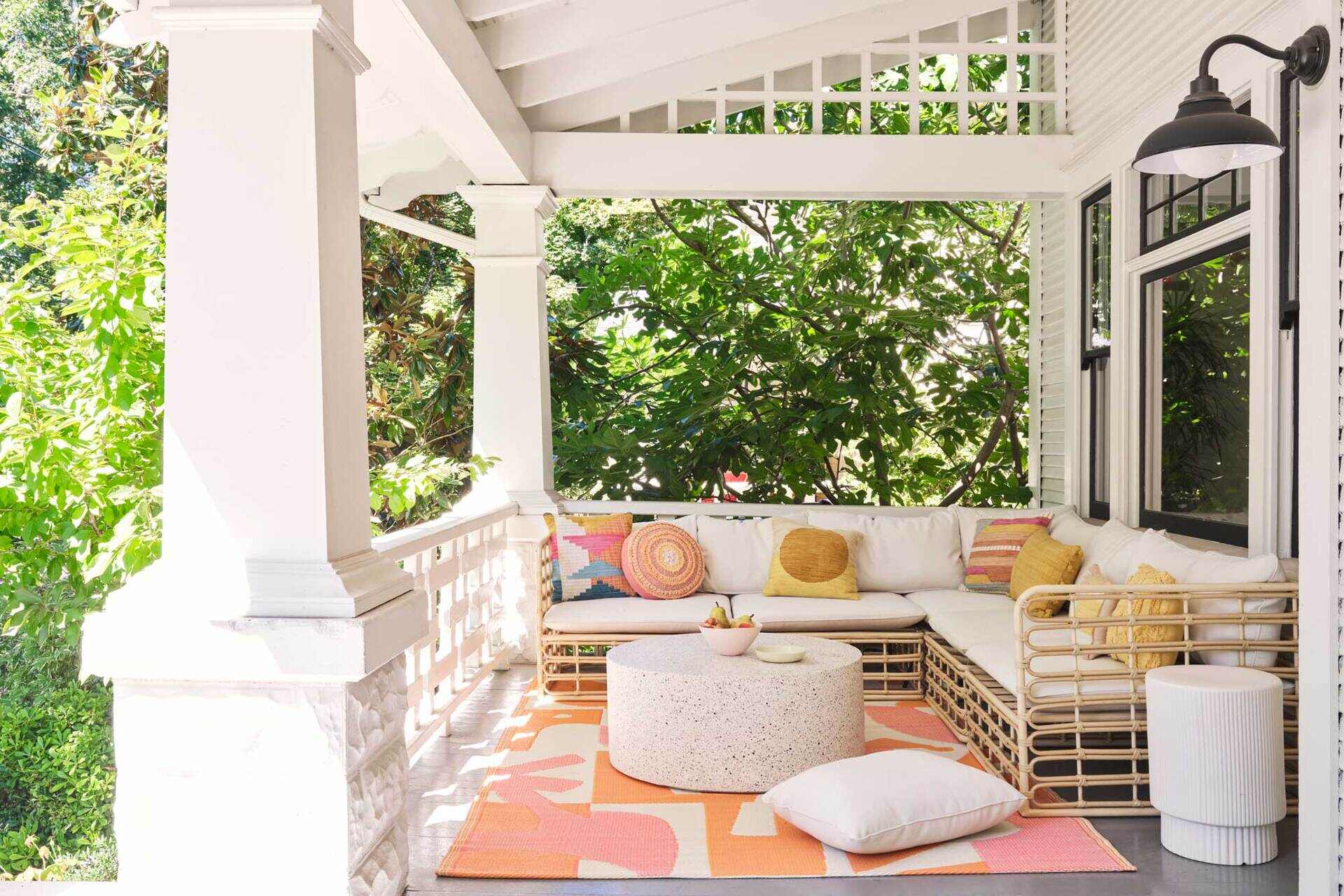

Articles
What Is A Front Porch
Modified: January 6, 2024
Learn all about front porches with our informative articles. Discover the benefits, designs, and ideas to create your perfect outdoor space.
(Many of the links in this article redirect to a specific reviewed product. Your purchase of these products through affiliate links helps to generate commission for Storables.com, at no extra cost. Learn more)
Introduction
Welcome to the charming world of front porches! A front porch is an architectural feature that holds a special place in the hearts of homeowners and visitors alike. It is a space that symbolizes warmth, hospitality, and a connection to the community.
A front porch is a covered platform that extends from the front entrance of a house or building, typically located before the main entrance. It serves as a transitional space between the private interior of a home and the public outdoor environment. Historically, front porches were a common feature of residential buildings, especially in older neighborhoods and traditional architectural styles.
What exactly makes a front porch unique? It’s more than just an additional area to the exterior of a house, it’s a place that beckons you to slow down, relax, and engage with your surroundings. It’s a space that bridges the gap between the indoors and outdoors, creating a welcoming and inclusive atmosphere.
Front porches have a rich history that dates back centuries. They were a significant architectural element in many cultures around the world. In Europe, front porches were commonly found in Victorian and Georgian style homes, often adorned with decorative railings, columns, and intricate detailing. In America, front porches were prevalent in Colonial and southern style architecture, reflecting a sense of Southern hospitality and community.
The use of front porches has evolved over time. In the past, front porches served as a place for socializing, where neighbors would gather to chat, share stories, and watch the world go by. It was a space where families would gather in the evenings, enjoying a cool breeze and engaging in conversation.
However, as the world became more fast-paced and technology-driven, the front porch lost some of its significance. With the rise of air conditioning and televisions, people began to gravitate more towards the comforts of the indoors, neglecting the once-beloved front porch.
Fortunately, there has been a resurgence of interest in front porches in recent years. Homeowners have rediscovered the value of this iconic feature and are incorporating it into their homes once again. The front porch has become a symbol of the desire to slow down, connect with nature, and foster a sense of community. It’s a place to retreat from the busyness of life and embrace a simpler, more relaxed way of living.
In the following sections, we will explore the design and architecture of front porches, their cultural significance, and the benefits of having a front porch. Additionally, we will provide some tips on how to create a welcoming front porch that will make your home the envy of the neighborhood.
Key Takeaways:
- Front porches are more than just architectural features; they symbolize a connection to nature, community, and a slower, more meaningful way of living. They offer a welcoming space for relaxation, socializing, and observation.
- The resurgence of front porches reflects a desire to reclaim a sense of community, architectural heritage, and well-being. They enhance curb appeal, foster social interaction, and provide a tranquil retreat for homeowners and visitors alike.
Read more: What Is A Porch
Definition of a Front Porch
A front porch is an extension of a house’s entrance area that is typically roofed and attached to the front of the building. It is a covered outdoor space that serves as a transition between the public and private realms of a home. The front porch is located at the main entrance, offering a welcoming space for occupants and visitors while providing a connection to the surrounding neighborhood.
Front porches can come in various sizes and styles, ranging from small and quaint to grand and expansive. They can be simple and utilitarian or intricately designed with architectural features like columns, railings, and decorative elements. The design of a front porch often reflects the architectural style of the house, creating a harmonious and cohesive overall appearance.
One defining characteristic of a front porch is its positioning at the front of the house, facing the street or the main approach. It is typically elevated from ground level, with steps leading up to the porch. The floor of the porch is usually made of wood, concrete, or other durable materials, and it may be covered with a roof or awning to provide shelter and protection from the elements.
Front porches can be enclosed or open-air, depending on personal preference and the climate of the region. Enclosed front porches are often called “sunrooms” or “enclosed verandas” and provide an extra functional space that can be used throughout the year. Open-air front porches, on the other hand, offer a more traditional and inviting atmosphere.
The primary purpose of a front porch is to provide a transitional space between the indoors and outdoors, allowing occupants to enjoy the benefits of both. It acts as a buffer zone that enables people to comfortably sit, relax, and observe the activities happening outside, while still being sheltered and connected to the interior of the house.
Front porches have historically served as gathering places for social interaction and community engagement. They were spaces where neighbors would come together, exchange pleasantries, and engage in conversations. In some cultures, front porches were even used as stages for public performances, storytelling, and musical entertainment.
In modern times, front porches have evolved to meet the changing needs and lifestyles of homeowners. They can be personalized and customized to reflect individual preferences and interests. Some homeowners use their front porches as outdoor living rooms, complete with furniture, lighting, and decor to create a cozy and inviting space for relaxation and entertainment.
Overall, a front porch is much more than just an architectural feature. It is a reflection of a house’s character, a space for connection and interaction, and a gateway to the surrounding community. Whether used for welcoming guests, enjoying a morning cup of coffee, or simply watching the world go by, a front porch adds charm, beauty, and a sense of belonging to any home.
Historical Significance
The front porch holds a significant place in history, serving as more than just an architectural element. It has played a vital role in shaping communities and reflecting societal values throughout different eras.
In colonial America, front porches were essential features of homes and served various practical purposes. They provided shade from the sun and protection from the rain, allowing occupants to enjoy the outdoors even during inclement weather. Additionally, front porches served as transitional spaces that helped to keep dirt and debris from entering the home.
During the Victorian era, front porches became symbols of prosperity and social status. Elaborate and ornate designs were popular, showcasing intricate railings, decorative columns, and intricate woodwork. These grand porches were not only functional but also served as a status symbol, indicating the wealth and sophistication of the homeowners.
In the early 20th century, as urbanization and industrialization took hold, front porches played a pivotal role in community building. They became hubs for social interaction and served as extensions of the living spaces within homes. Neighbors would gather on their front porches, engaging in conversations, sharing news, and fostering a sense of belonging and connection.
However, with the advent of air conditioning and the rise of suburbanization in the mid-20th century, front porches began to decline in popularity. As people opted for the comfort of indoor cooling, the front porch lost its prominence as a gathering space. Homes became more private and inward-focused, with backyards and patios replacing the front porch as social areas.
Despite this decline, front porches have experienced a resurgence in recent years. Homeowners and architects recognize the importance of creating a welcoming and inviting entrance to homes. The front porch has once again become a place for socialization, relaxation, and connection with the community.
Preserving and restoring historical front porches has also gained traction as homeowners acknowledge their architectural and cultural significance. Many communities have implemented initiatives to protect and restore historic front porches, recognizing their contribution to the overall character and history of a neighborhood.
The historical significance of front porches lies not only in their architectural and aesthetic appeal but also in their ability to foster a sense of community and connectedness. These timeless features have witnessed generations of laughter, conversations, and shared experiences, shaping the stories of our past and enriching the present.
Uses of a Front Porch
A front porch serves as a versatile space that can be utilized in a variety of ways, depending on personal preferences and the needs of the homeowners. The uses of a front porch extend beyond its basic function as an entrance area. Let’s explore some of the common uses and benefits of a front porch.
- Welcoming area: The front porch is the first impression guests have of your home. It serves as a welcoming space where visitors can pause before entering, providing a sense of hospitality and invitation.
- Social gathering spot: Front porches create a gathering space for friends, neighbors, and family members. They offer a casual and comfortable outdoor environment to engage in conversations, share stories, and enjoy each other’s company.
- Relaxation and reflection: A front porch provides an ideal setting to relax, unwind, and enjoy the outdoors. Whether it’s reading a book, sipping a cup of coffee, or watching the sunset, the front porch offers a tranquil space away from the hustle and bustle of everyday life.
- Observation point: Positioned facing the street or the neighborhood, front porches offer a vantage point to observe and connect with the surroundings. From the comfort of your porch, you can watch children playing, greet passersby, and stay connected to the rhythm of your community.
- Extension of living space: Many homeowners extend the functionality of their front porch by transforming it into an outdoor living area. With comfortable furniture, lighting, and accessories, the front porch can serve as an additional space for dining, entertaining guests, or enjoying leisure activities.
- Showcasing personal style: Front porches offer an opportunity to express personal style and enhance the curb appeal of your home. By adding plants, decorative elements, and seasonal decor, you can create an inviting and visually appealing space that reflects your taste and personality.
- Connecting with nature: Surrounded by the outdoors, a front porch allows you to experience the beauty and serenity of nature. It provides a place to breathe in fresh air, listen to the sounds of birds chirping, and enjoy the natural beauty of your surroundings.
- Strengthening community bonds: Front porches have the power to foster a sense of community and neighborly connection. By spending time on your front porch, you are more likely to interact with your neighbors, build relationships, and create a tight-knit community. Front porches serve as bridges that bring people together, breaking down the barriers of isolation and promoting a sense of belonging.
These are just a few examples of the many uses of a front porch. Whether you envision it as a place for relaxation, socializing, or simply enjoying the view, the front porch offers endless possibilities for enhancing the overall enjoyment of your home and creating a welcoming atmosphere for all who enter.
Design and Architecture
The design and architecture of a front porch play a significant role in creating an inviting and aesthetically pleasing entrance to a home. It sets the tone for the overall style and character of the building, while also serving as a functional space for various activities. Let’s explore some key aspects of front porch design and architecture:
- Style: The design of a front porch should align with the architectural style of the home. Whether it’s a classic Victorian, a cozy farmhouse, or a sleek modern design, the front porch should complement and enhance the overall aesthetic of the house.
- Size and Proportions: The size of a front porch can vary based on the scale of the home and the available space. It should be proportionate to the size of the building, offering a balanced and harmonious appearance. A porch that is too small may feel cramped, while one that is too large in relation to the house can overpower the overall design.
- Roofing: The roof of a front porch serves both functional and aesthetic purposes. It provides shelter from the sun, rain, and snow, allowing occupants to enjoy the porch in various weather conditions. The roof design can vary based on the architectural style, ranging from simple gable roofs to more ornate hip roofs or shed roofs.
- Flooring: The flooring material of a front porch should be durable and weather-resistant. Common options include wood, composite decking, stone, or concrete. The choice of flooring can be influenced by the architectural style, personal preference, and budget considerations.
- Columns and Railings: Columns and railings are important architectural elements that add visual interest and support to the front porch structure. They come in various styles and materials, such as wood, metal, or stone. The design of columns and railings should harmonize with the overall style of the home, whether it’s traditional, modern, or eclectic.
- Decorative Details: Adding decorative accents can elevate the appeal of a front porch. These can include trim work, fretwork, brackets, or intricate carving. Details like these can enhance the visual appeal of the porch and make it a standout feature of the home’s facade.
- Lighting: Proper lighting is essential for both safety and ambiance on a front porch. It can include ceiling-mounted fixtures, wall sconces, or recessed lighting. Lighting accents, such as string lights or lanterns, can also create a warm and inviting atmosphere.
The design and architecture of a front porch should strive to create a harmonious and welcoming entryway that reflects the personality and style of the occupants. It should complement the overall design of the home while incorporating functional features that make the porch a comfortable and inviting space for relaxation and social interaction.
A front porch is an outdoor space at the front of a house, often covered and used for relaxing or socializing. It can add curb appeal and provide a welcoming entryway. Consider adding seating and plants to make it more inviting.
Read more: What Is Side Porch
Cultural and Societal Importance
Front porches hold immense cultural and societal importance, as they have been gathering spaces that foster community, connection, and a sense of belonging. Throughout history, front porches have played a pivotal role in shaping the social fabric of neighborhoods and communities. Let’s explore the cultural and societal significance of front porches:
Community Interaction: Front porches have traditionally served as places where neighbors interacted and formed relationships. They were spaces where people would gather, share stories, and engage in conversation. Front porches provided a platform for socializing, creating a sense of community and enhancing neighborly bonds.
Observing and Connecting with the Environment: Sitting on a front porch provides an opportunity to connect with the surrounding environment and community. From the vantage point of a front porch, you can observe the daily activities of your neighborhood, greet passersby, and stay connected to the rhythm of the community.
Cultural Traditions: Front porches have been an integral part of cultural traditions and regional lifestyles. In certain regions, like the southern United States, front porches have been synonymous with Southern hospitality. They have served as spaces for gatherings, music performances, and storytelling, adding depth and character to the cultural identity of a place.
Preserving Architectural Heritage: Front porches are often associated with historic architecture and are a tangible representation of a building’s history. Many communities take pride in preserving and restoring front porches as a way to honor their architectural heritage and maintain a sense of continuity with the past.
Creating a Sense of Place: Front porches help define the character and identity of a neighborhood or community. Streets lined with homes featuring front porches create a welcoming and aesthetically pleasing environment, enhancing the overall sense of place and pride in the community.
Public Interaction: Front porches can serve as informal meeting places. Passersby and visitors may stop to chat or rest on a friendly porch when walking through a neighborhood. This impromptu interaction builds connections and promotes a sense of inclusivity and openness.
Nurturing Informal Connections: Front porches invite spontaneous interactions between neighbors and passersby. These casual encounters can lead to lasting friendships and an increased sense of belonging. Front porches foster an atmosphere of approachability and encourage people to engage with one another.
In the modern era, as the pace of life has become faster and people have become more digitally connected, the significance of front porches is often overlooked. However, the desire to return to a simpler, more connected way of life has led to a revival of the front porch and an appreciation of its cultural and societal importance.
By recognizing the value of front porches and incorporating them into our homes and communities, we reclaim a tradition that strengthens social bonds, promotes a sense of togetherness, and enhances the overall well-being of individuals and communities alike.
Benefits of Having a Front Porch
A front porch offers numerous benefits that contribute to the well-being and quality of life for homeowners. From providing a welcoming entrance to fostering connections with the community, front porches enhance the overall enjoyment and functionality of a home. Let’s explore some key benefits of having a front porch:
- Enhanced Curb Appeal: A front porch adds visual interest and architectural charm to a home’s exterior. It creates a welcoming and inviting ambiance, making a positive first impression on visitors and passersby.
- Increased Property Value: Homes with well-designed and well-maintained front porches often have higher property values. The addition of a front porch can be seen as an attractive feature and a valuable asset when it comes to selling a home.
- Expanded Living Space: A front porch extends the usable space of a home, providing an outdoor area for relaxation, socializing, and entertainment. It offers a versatile space that can be enjoyed throughout the year, whether it’s for savoring a morning cup of coffee or hosting a small gathering.
- Connection with Nature: Spending time on a front porch allows homeowners to connect with the natural world. Whether it’s enjoying the warmth of the sun, feeling the cool breeze, or listening to the sounds of nature, a front porch provides a tranquil and serene refuge to embrace the outdoors.
- Community Engagement: A front porch serves as a gathering space that encourages interactions with neighbors and fosters a sense of community. It provides a platform for casual conversations, impromptu meetings, and a chance to build relationships with those who live nearby.
- Increase in Social Interaction: Front porches naturally promote social interaction with both neighbors and passersby. Spending time on the front porch creates opportunities for friendly greetings, chats, and connections that might not occur as readily within the confines of the home’s interior.
- Promotion of a Relaxing Atmosphere: Front porches provide a serene and calming environment for relaxation and stress relief. The simple act of sitting on a front porch, away from the distractions of technology, allows individuals to rejuvenate and find solace in the outdoors.
- Improved Home Security: A front porch can serve as a deterrent to potential intruders, as it adds an extra layer of visibility and surveillance to the front of a home. The presence of a front porch can help create a sense of security and peace of mind for homeowners.
- Connection with Architectural History: Front porches often have historical significance and are associated with specific architectural styles. By incorporating a front porch, homeowners can honor the architectural heritage of their home and contribute to the preservation of the surrounding community’s cultural identity.
Whether it’s the aesthetic appeal, the opportunity for social connections, or the added functionality it brings to a home, front porches provide a multitude of benefits. They create a welcoming entrance, extend living space, foster community engagement, and promote a sense of well-being. Investing in a front porch is not only an investment in your home but also in the overall quality of life for you and your community.
Tips for Creating a Welcoming Front Porch
A welcoming front porch can transform the entrance of your home and create a warm and inviting atmosphere. Whether you have a small space or a spacious porch, there are several tips you can follow to make your front porch a welcoming haven. Consider these ideas to create a front porch that will make your home the envy of the neighborhood:
- Choose Comfortable and Inviting Seating: Select seating options that are not only visually appealing but also comfortable. Adorn your front porch with cozy chairs, benches, or a porch swing to provide a relaxing space for you and your guests to enjoy.
- Add Colorful and Coordinated Accessories: Incorporate vibrant accessories, such as cushions, pillows, and rugs, to add pops of color and create a cohesive look. Coordinate these accessories with the overall style and color scheme of your front porch to create a visually pleasing and inviting space.
- Hang Outdoor Curtains or Privacy Screens: Create a sense of privacy and intimacy by installing outdoor curtains or privacy screens. These can help define your space, add a touch of elegance, and provide protection from the sun or wind.
- Illuminate with Warm Lighting: Incorporate lighting features that create a cozy and inviting ambiance. Choose warm-toned lights or string lights to cast a soft glow in the evenings and make your front porch a welcoming spot even after the sun goes down.
- Add Greenery and Flowers: Incorporate potted plants, hanging baskets, or window boxes filled with colorful flowers and lush greenery. The addition of plants can create a fresh and inviting atmosphere, as well as add natural beauty to your front porch.
- Personalize with Decorative Elements: Display personal touches that reflect your style and interests. Hang decorative items like wind chimes, artwork, or signs that evoke a sense of warmth, personality, and welcome.
- Create Shade and Shelter: Consider adding a retractable awning, umbrella, or pergola to provide shade and protection from the elements. This will allow you to enjoy your front porch in various weather conditions and make it a year-round retreat.
- Maintain Cleanliness and Organization: Regularly clean and tidy your front porch to keep it appealing and inviting. Clear clutter, sweep the floor, and ensure that any furniture or accessories are well-maintained. An organized and well-kept front porch adds to the overall attractiveness of your home.
- Consider Privacy Enhancing Features: Install lattice panels, plant hedges, or add privacy screens to create a sense of seclusion and intimacy on your front porch. These features can help you feel more comfortable and relaxed while spending time outdoors.
By following these tips, you can create a front porch that not only enhances your home’s curb appeal but also invites people to pause and enjoy a moment of tranquility. A welcoming front porch sets the tone for a warm and inviting home and creates a space where you can connect with your community and relax in style.
Conclusion
Front porches hold a special place in the hearts of homeowners and communities, offering a unique space where people can unwind, connect with nature, and engage with their surroundings. From their historical significance to their design and architectural elements, front porches have played a vital role in shaping the cultural and societal fabric of neighborhoods.
Front porches offer a multitude of benefits, ranging from enhanced curb appeal and increased property values to expanded living spaces and improved community engagement. They provide a welcoming entrance, create opportunities for social interaction, and promote a sense of connection with nature and architectural history.
Creating a welcoming front porch involves thoughtful design, comfortable seating, coordinating accessories, and the incorporation of nature and personal touches. By following these tips, you can transform your front porch into a haven that reflects your personality and becomes a gathering place for friends, family, and neighbors.
As we continue to navigate a fast-paced and digital world, the front porch serves as a reminder to slow down, appreciate the simple pleasures of life, and foster meaningful connections. It is a space that beckons us to step outside the boundaries of our homes, engage with our communities, and strengthen the bonds that tie us together.
So, whether you’re enjoying a quiet moment alone, sharing stories and laughter with loved ones, or simply observing the world go by, let your front porch be a place of solace, beauty, and warmth. Embrace the cultural, architectural, and societal significance of front porches, and cultivate the sense of belonging and connection that they inspire.
Now, go ahead and create the front porch of your dreams, and let it become a cherished space where memories are made, relationships flourish, and the timeless tradition of front porch living lives on.
Frequently Asked Questions about What Is A Front Porch
Was this page helpful?
At Storables.com, we guarantee accurate and reliable information. Our content, validated by Expert Board Contributors, is crafted following stringent Editorial Policies. We're committed to providing you with well-researched, expert-backed insights for all your informational needs.
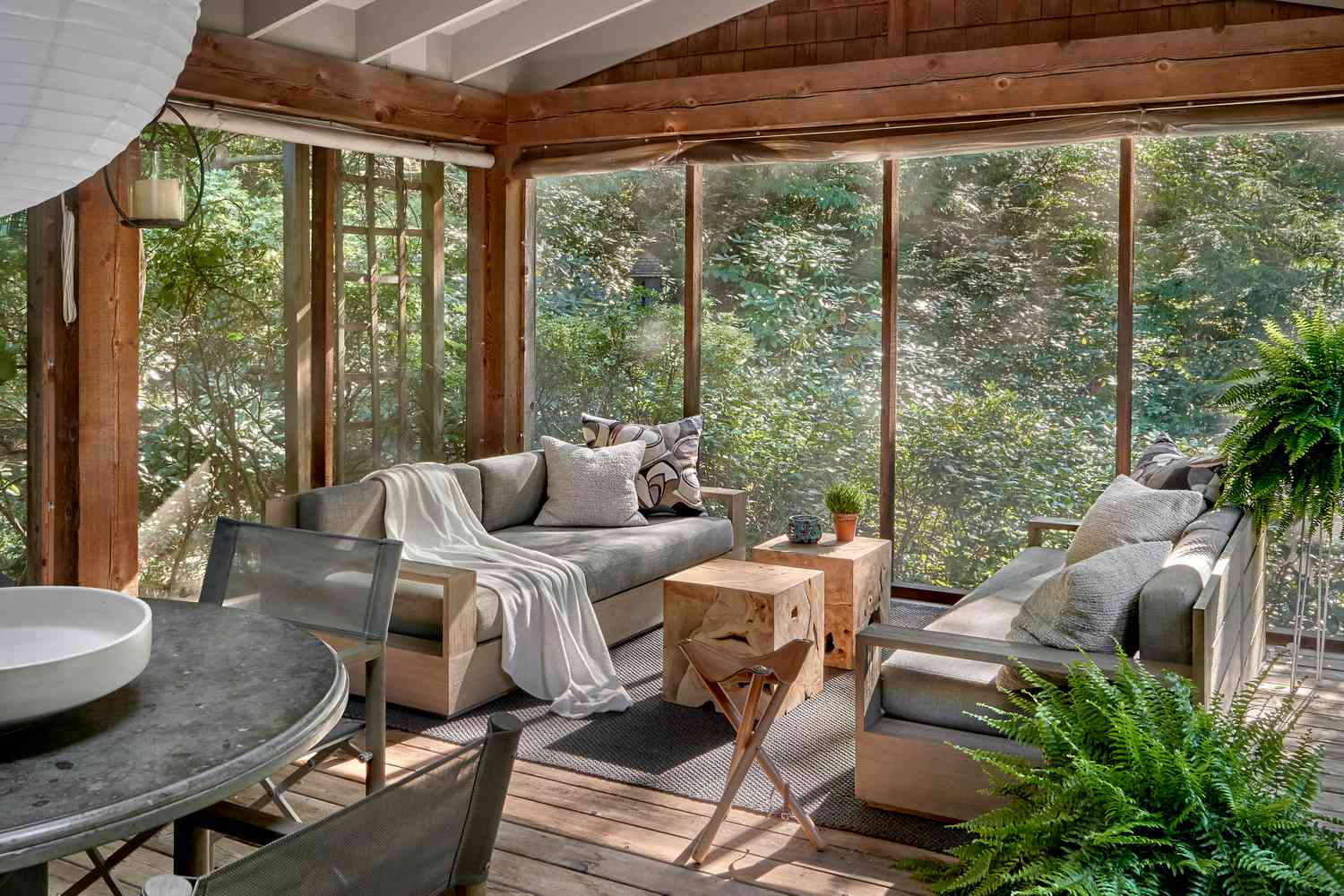

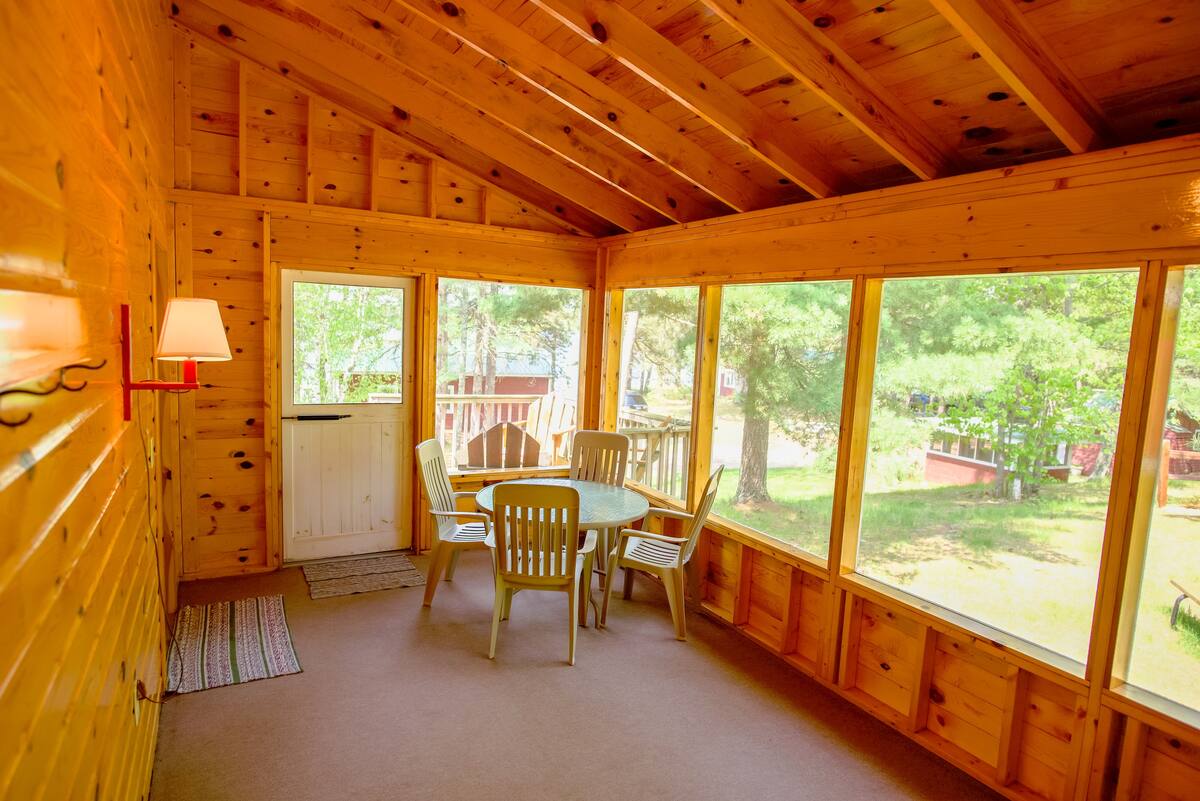
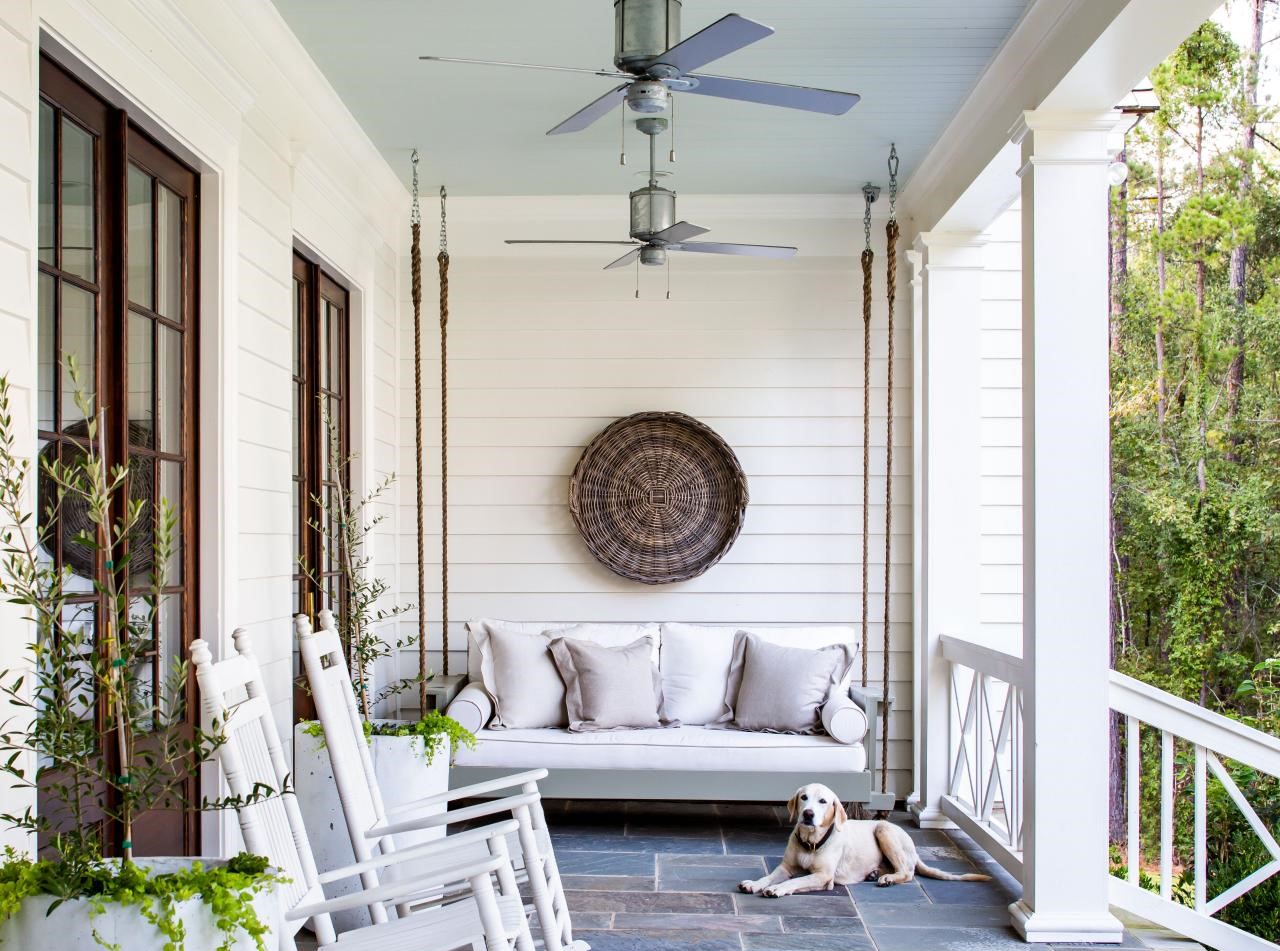
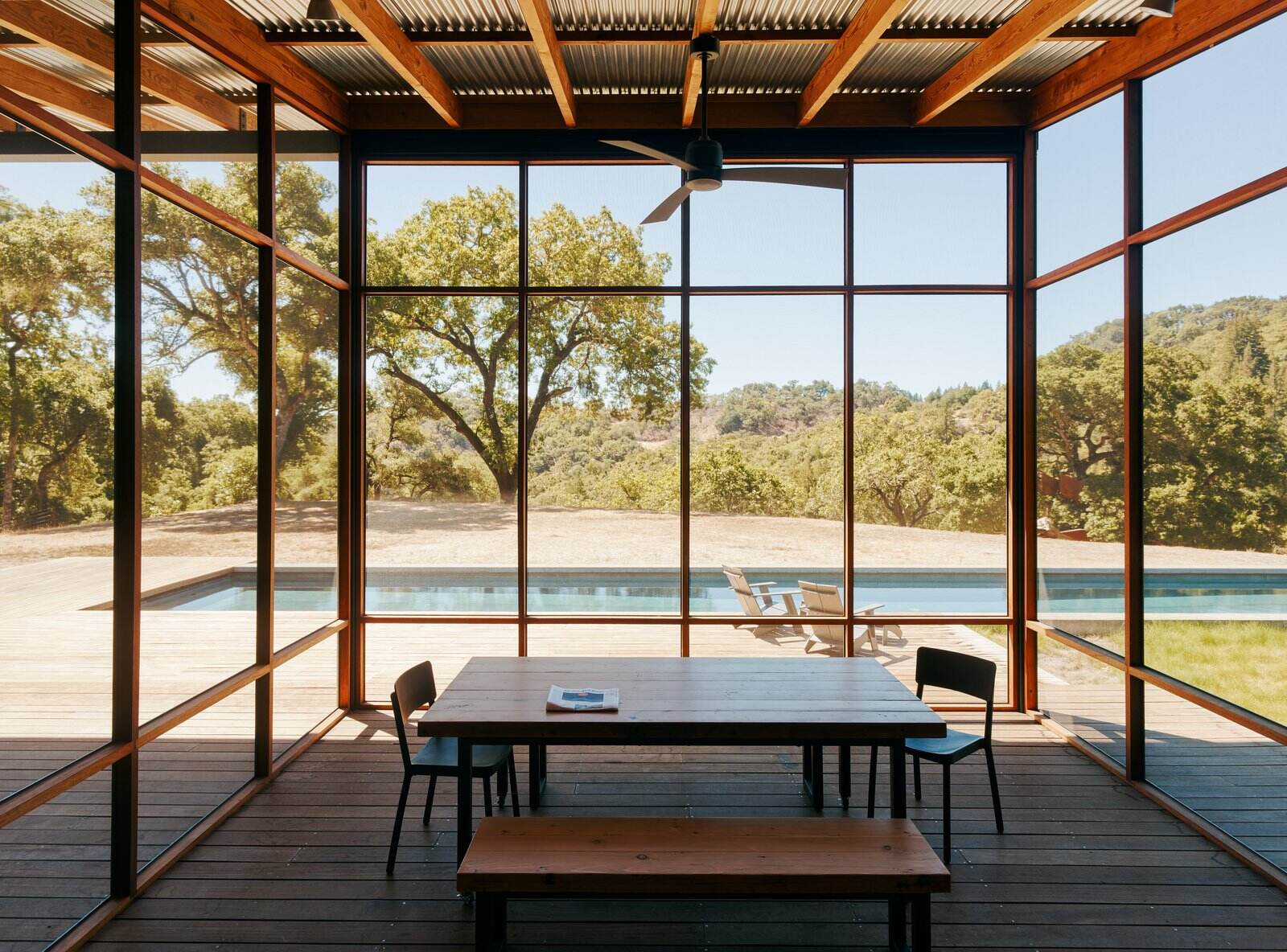
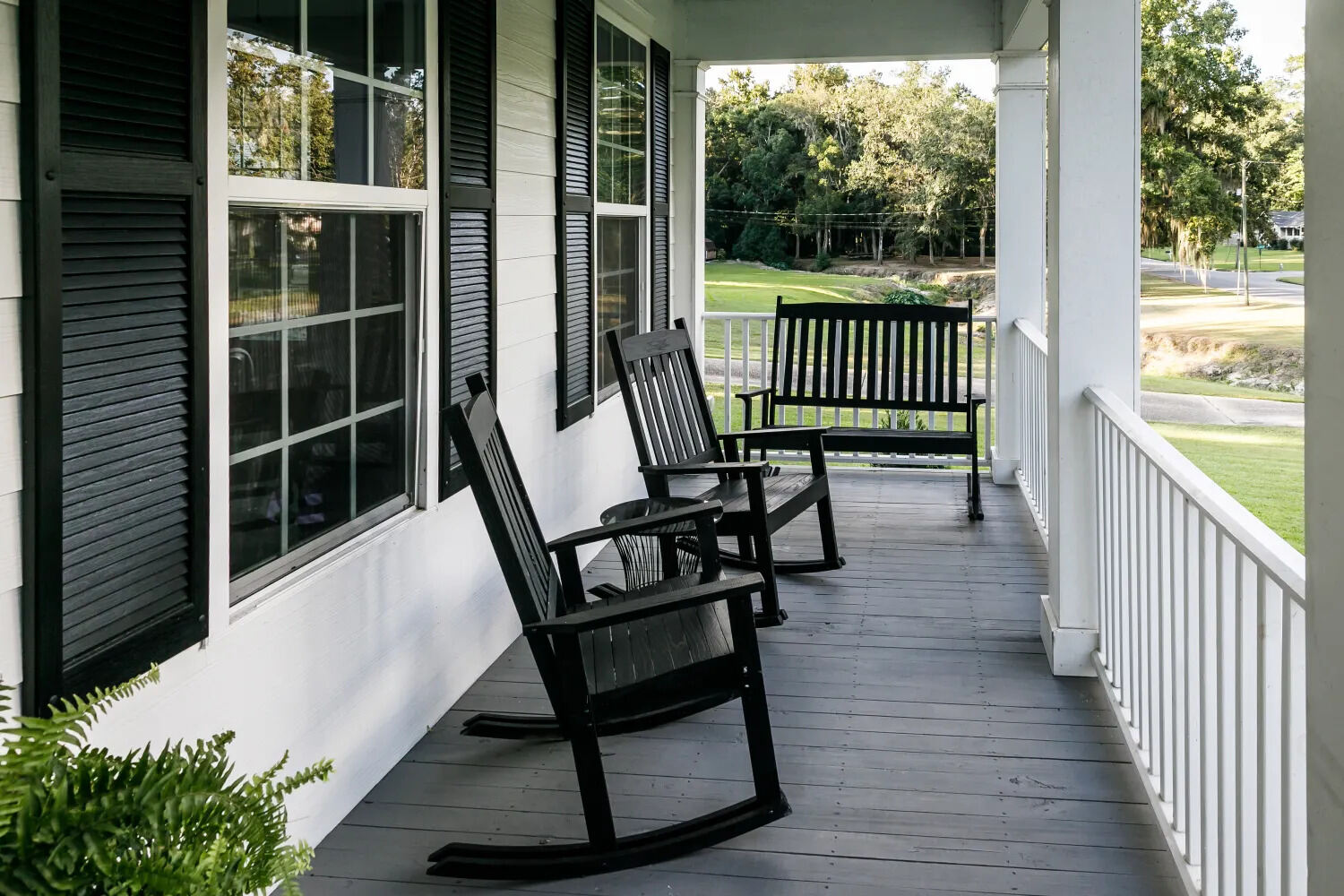
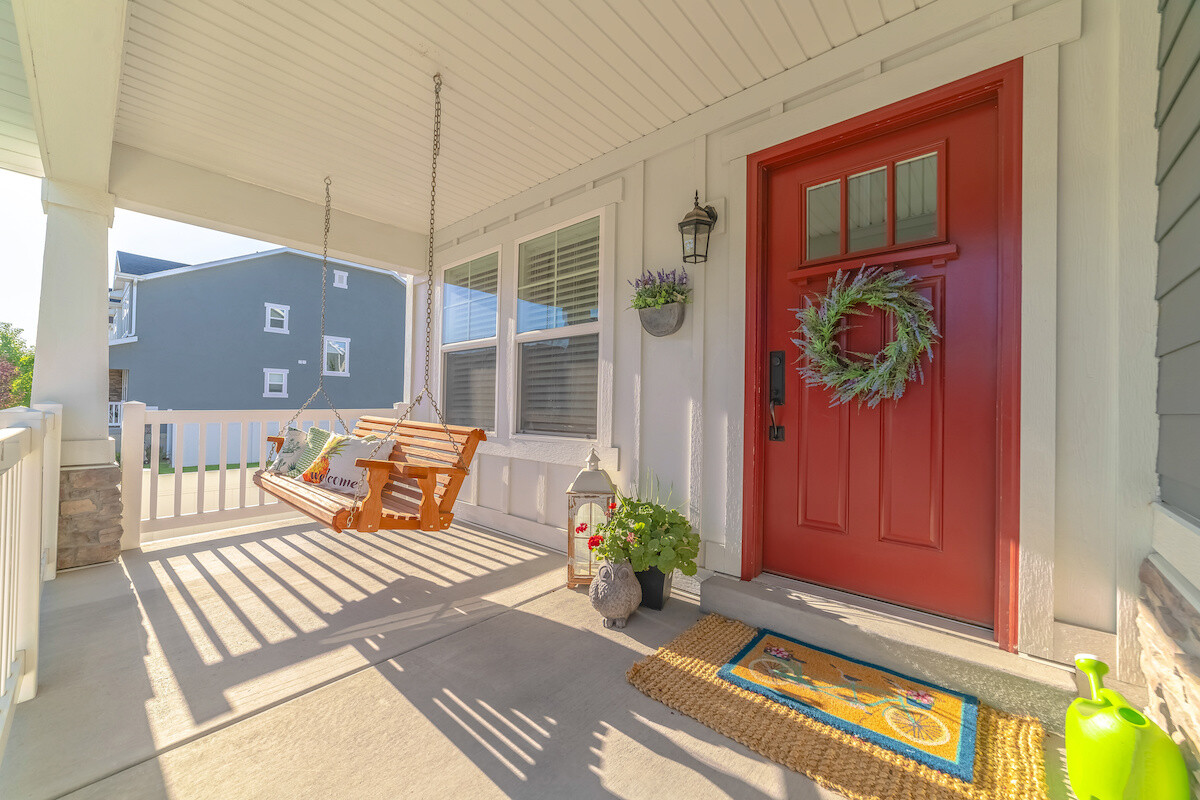
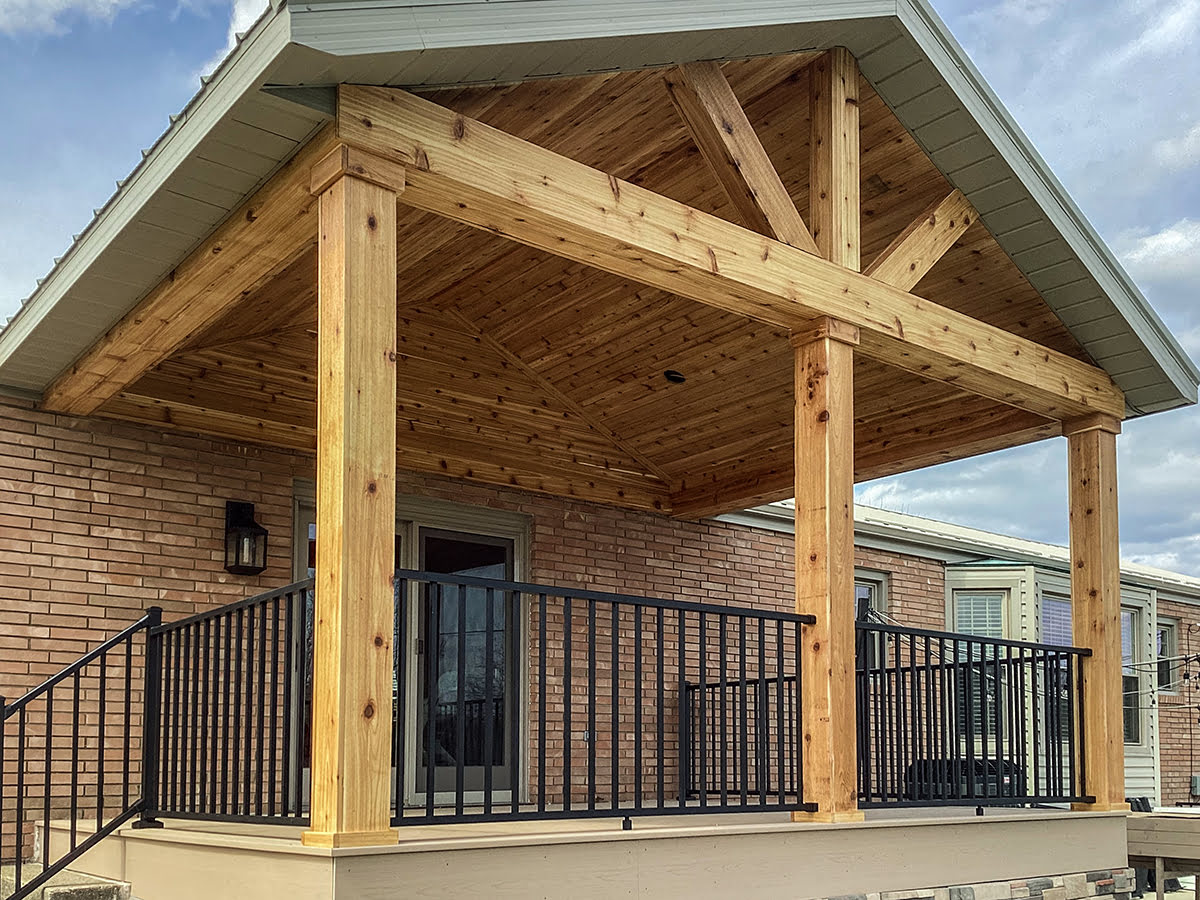
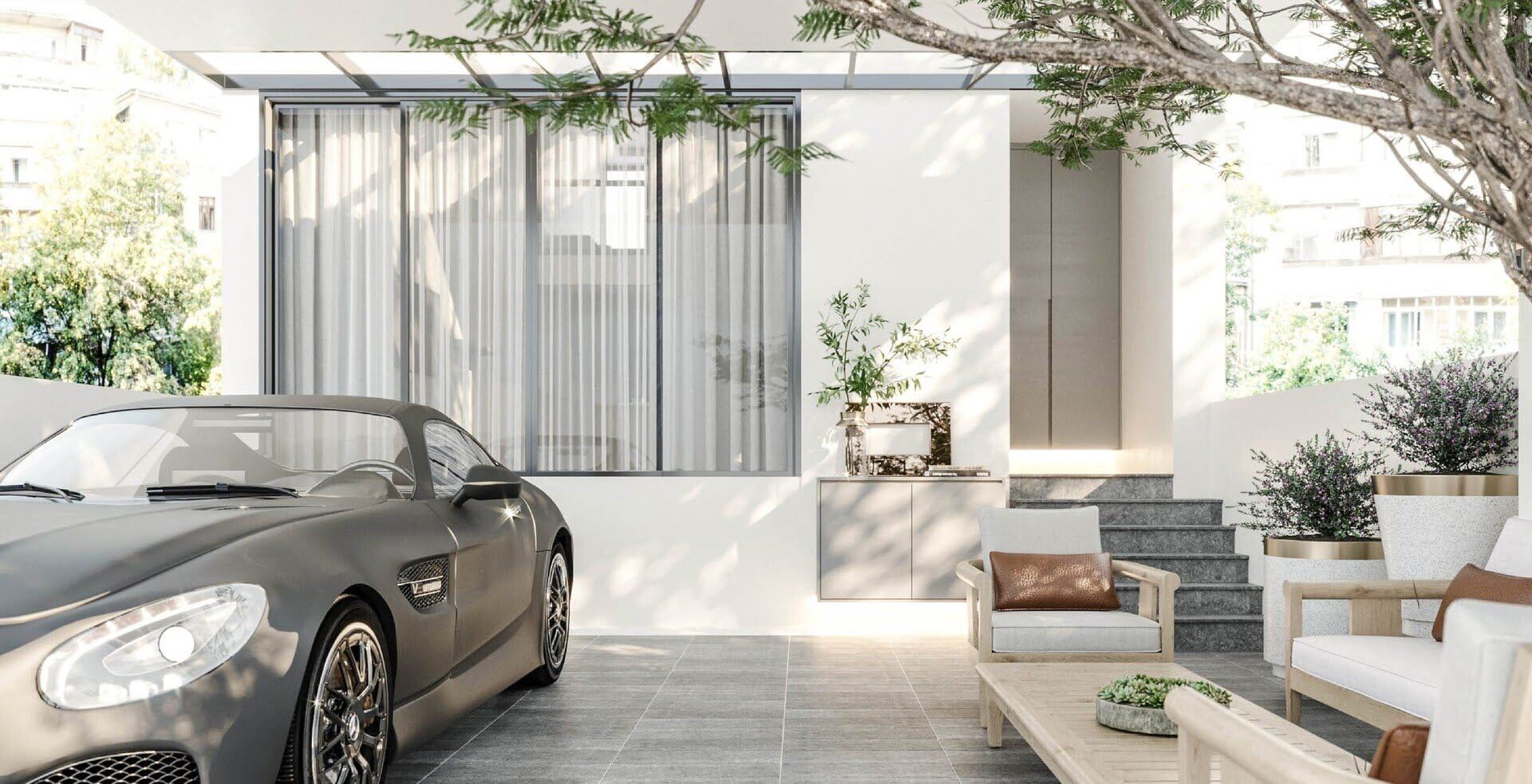
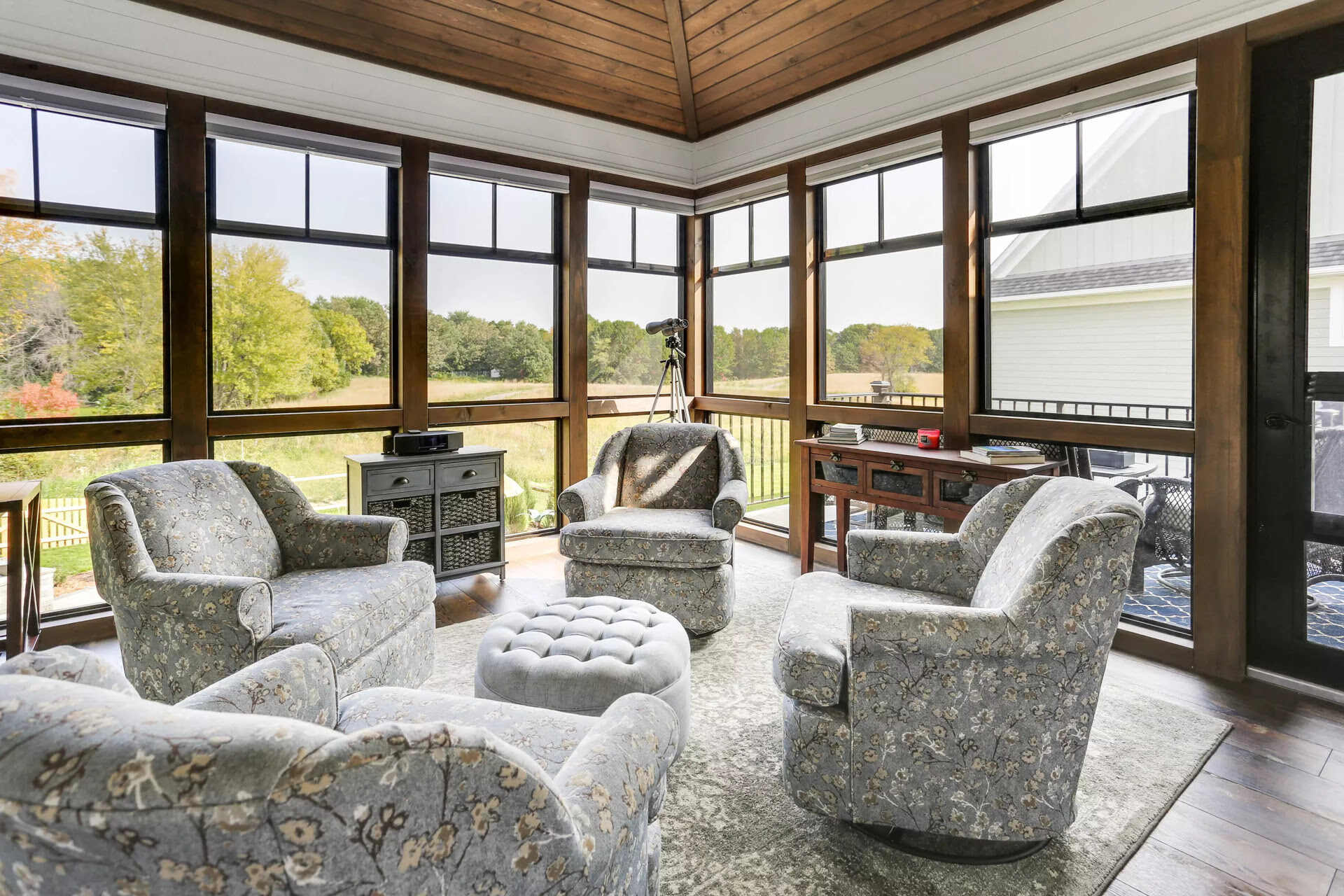
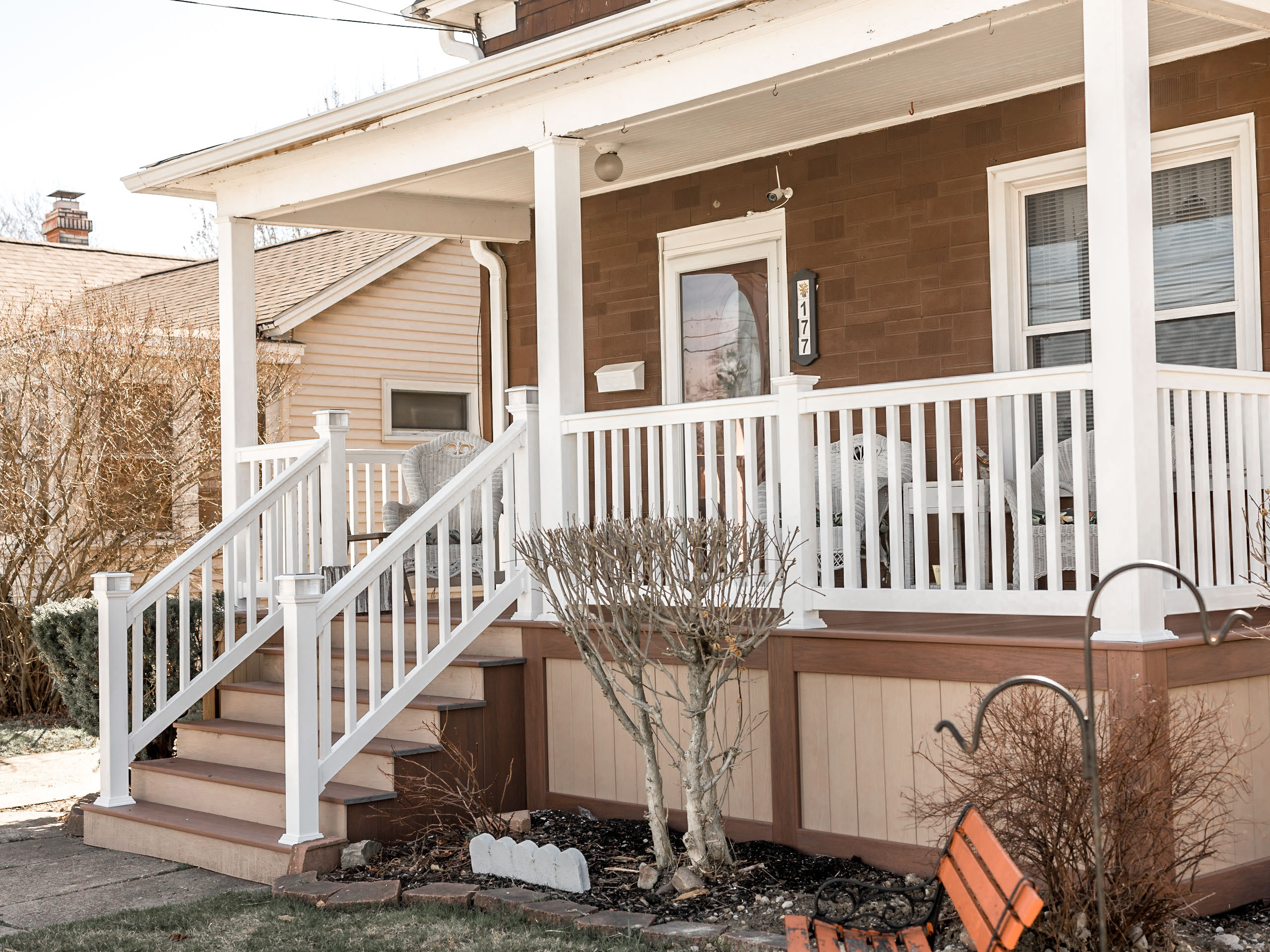
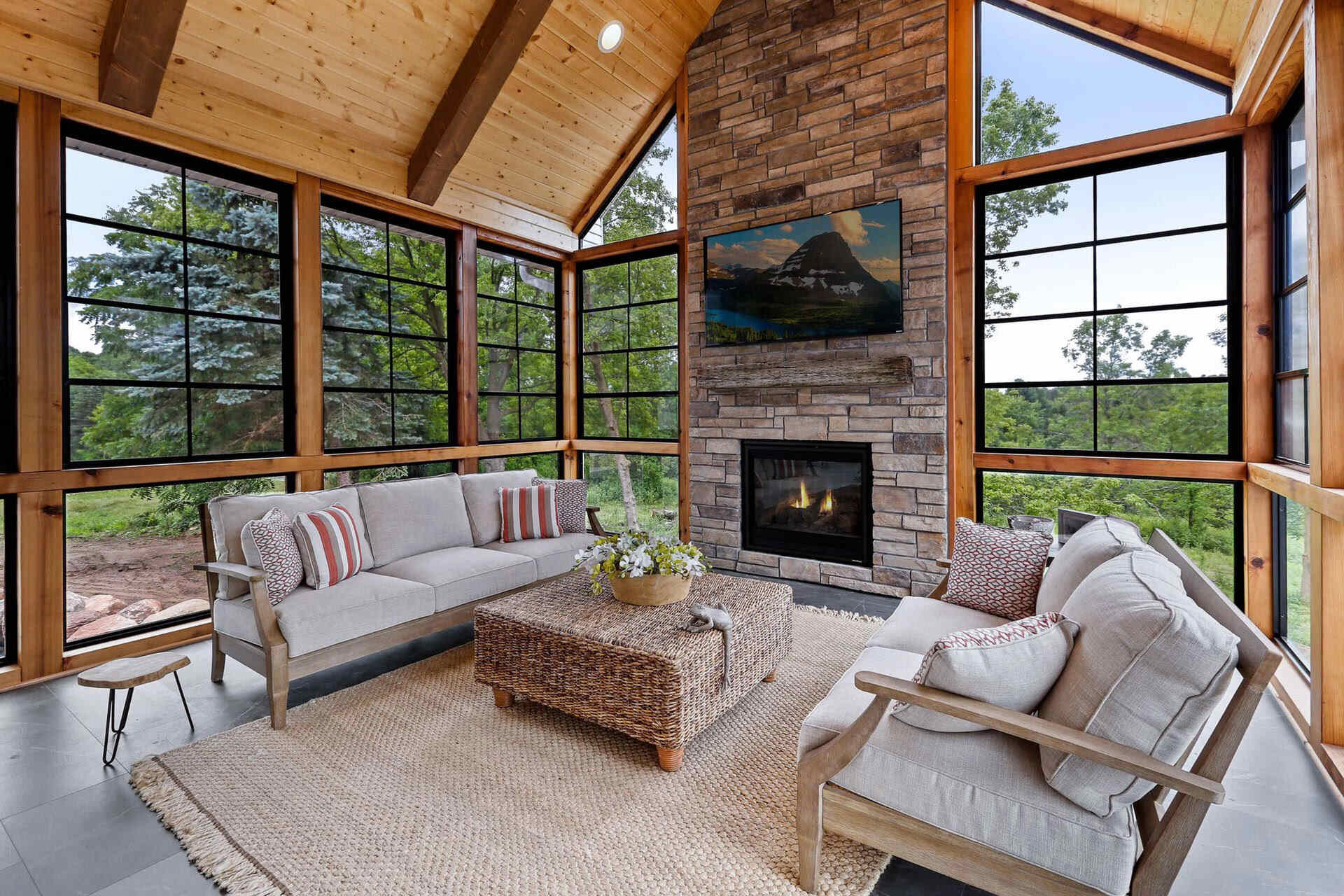
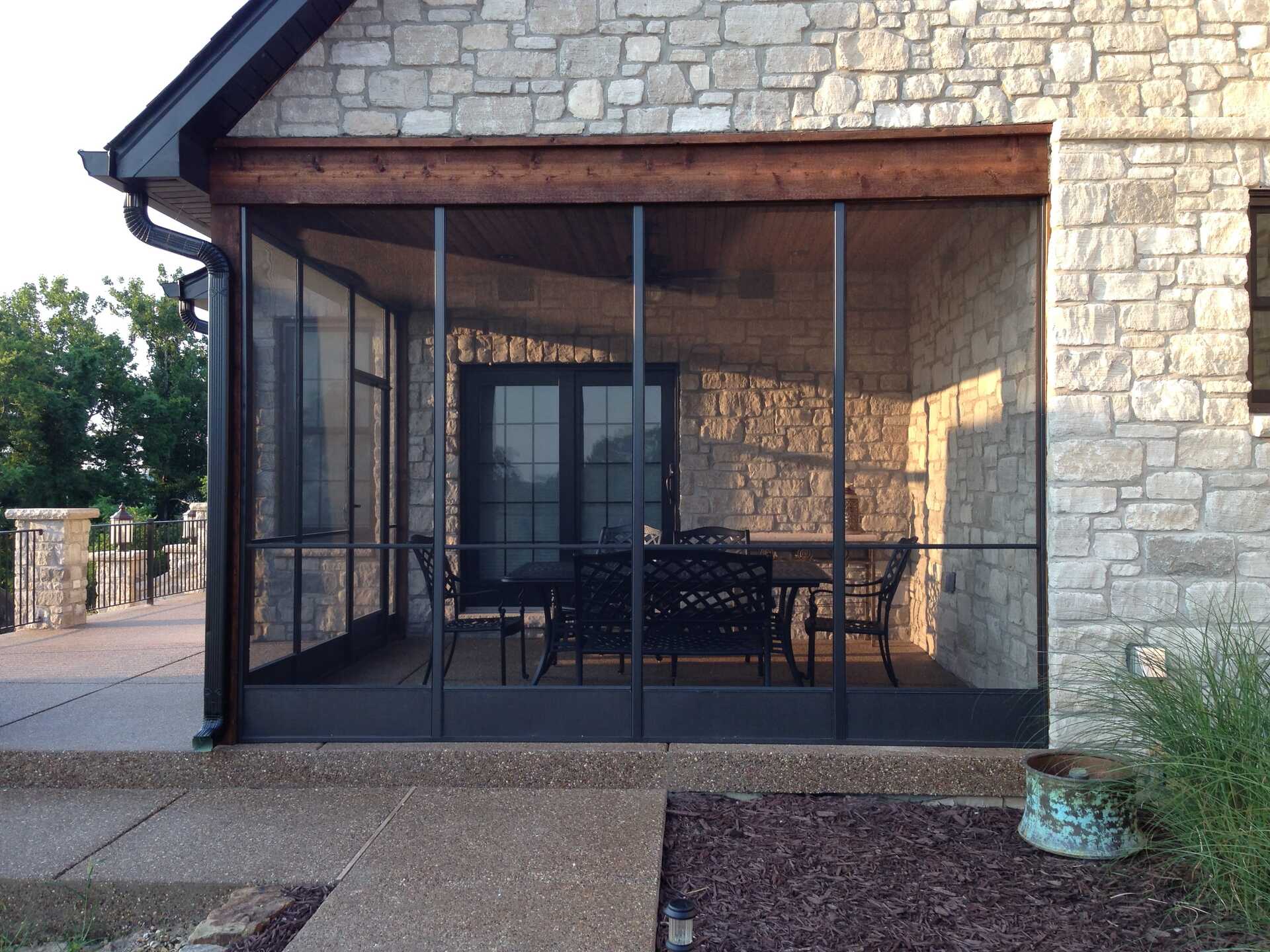
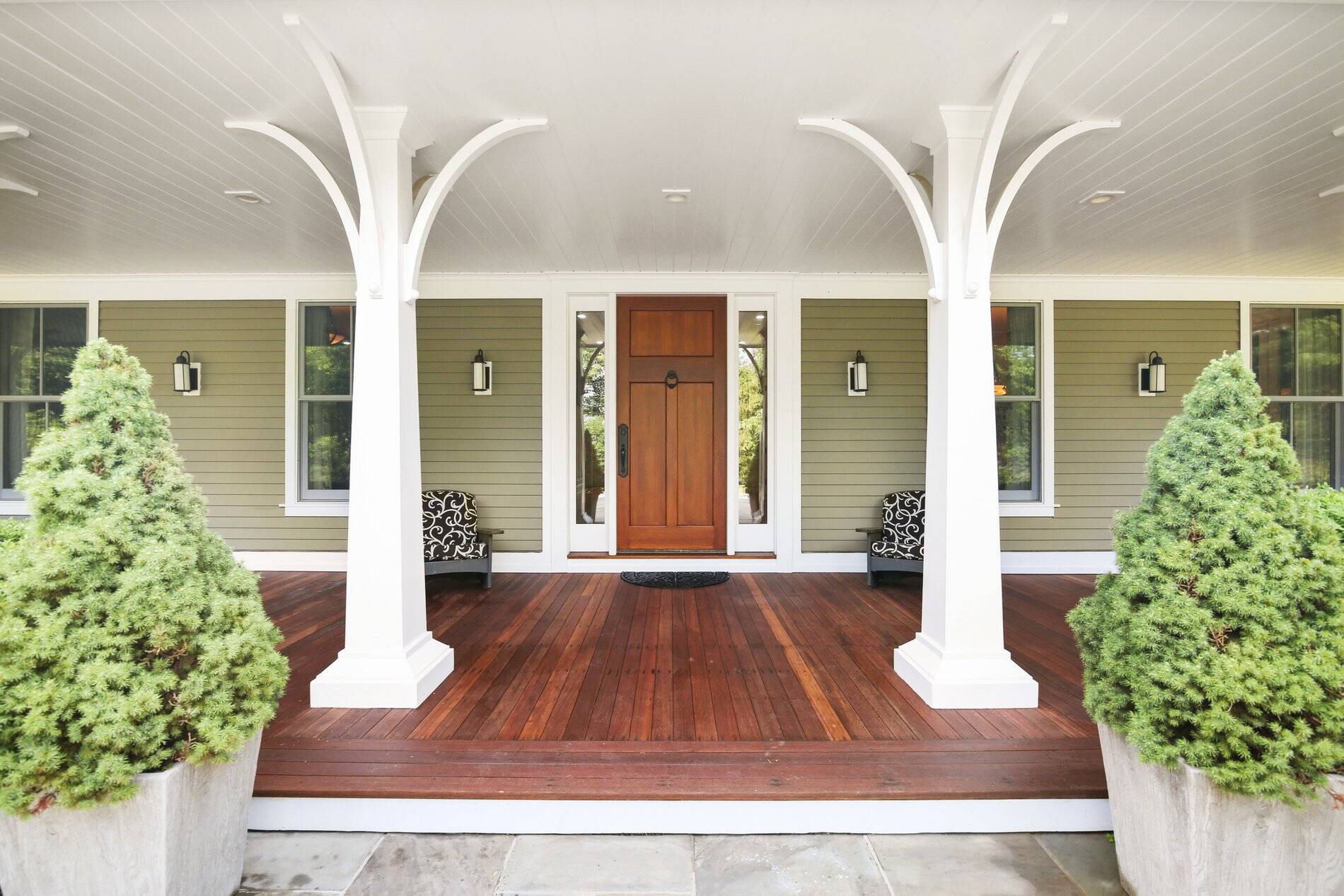

0 thoughts on “What Is A Front Porch”